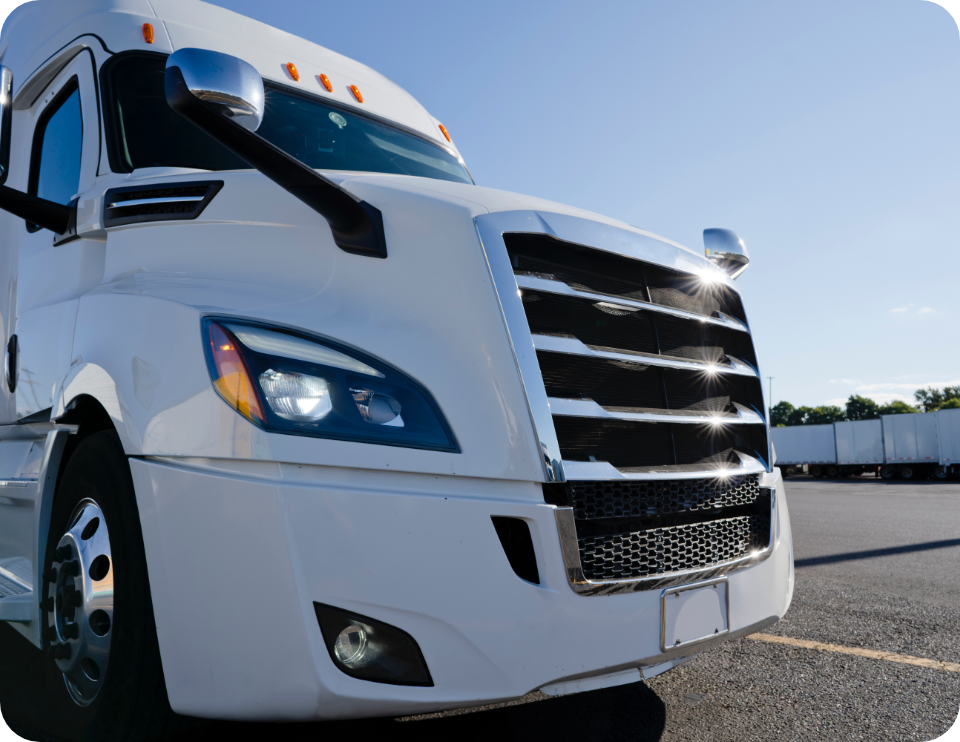What is clean diesel technology?
Diesel fuel is essential to our economy and everyday life. According to the EPA, diesel is responsible for more than 80% of goods exported from and imported to the U.S.—transported by truck, train, ship or intermodal means. Construction and farm equipment, industrial and public transportation, emergency services and emergency power all depend on diesel. Clean diesel technology reduces emissions from diesel engines by controlling exhaust emissions, minimizing idle time, and improving engine efficiency.
A VARIETY OF CLEAN DIESEL TECHNOLOGIES HELP REDUCE EMISSIONS THROUGH RETROFITS, NEW EQUIPMENT OR ENGINE UPGRADES.
What are examples of clean diesel technologies?
- Exhaust control measures
- Filters or catalysts that reduce toxic emissions
- Idle reduction technologies
- Aerodynamic technology
- Engine repower or replacement with a higher emission standard
- Hybridization, combining any two technologies to improve efficiency

Learn about Clean Diesel Technology Grants
The U.S. Environmental Protection Agency (EPA) National Clean Diesel Campaign Diesel Emission Reduction Act (DERA) grant programs help fleets adopt technologies to reduce the environmental impact of non-road and on-highway diesel vehicles.


